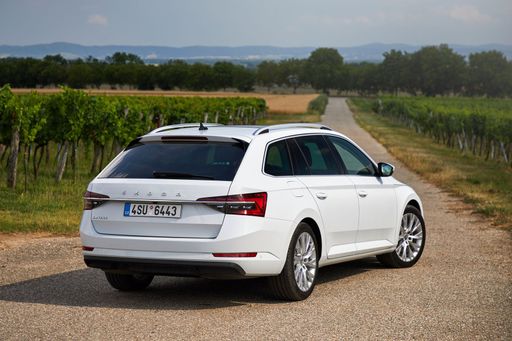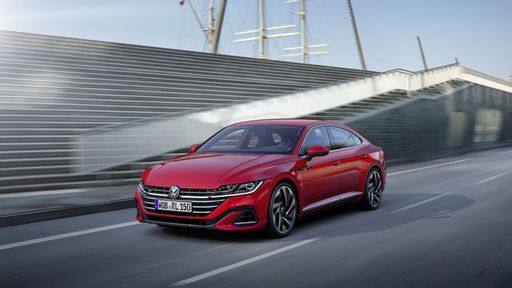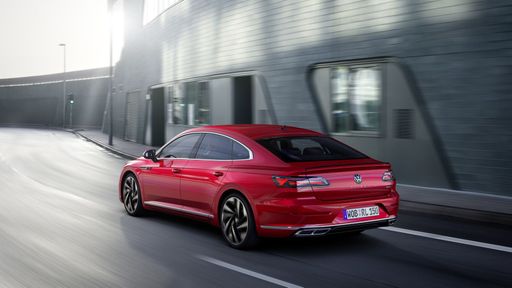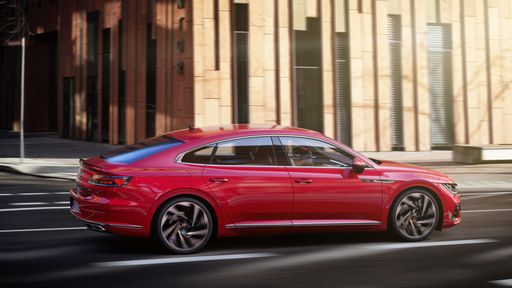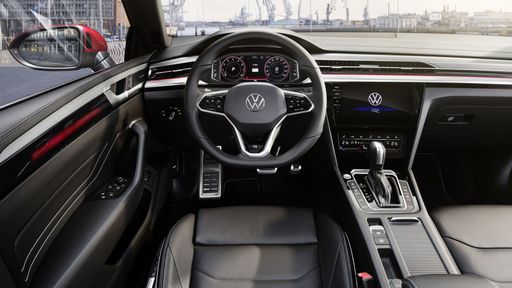Skoda Superb Combi vs. VW Arteon: A Battle of Elegance and Power
In the world of spacious wagons, the Skoda Superb Combi and the VW Arteon stand out with their blend of elegance, practicality, and innovative technology. Both hailing from the Volkswagen Group, these models share a lineage rooted in craftsmanship and technological advancement. Yet, each offers unique features that cater to distinct preferences. As the adoption of hybrid powertrains and advanced safety technology becomes ever more prevalent, these vehicles present compelling choices for discerning drivers in 2024.


